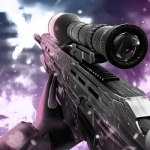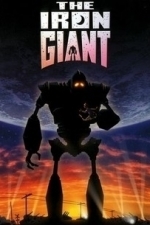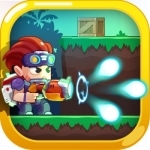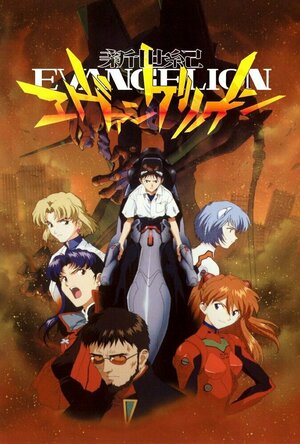
Fancy Dogs - Puzzle & Puppies
Games, Entertainment and Stickers
App
Dogs have never been this fancy before. Join us on our journey of collecting cute dogs and turning...

Ultimate Button Box
Lifestyle and Entertainment
App
***AWESOME LOUD SOUNDS AND SWEET LOOKING GRAPHICS!!! *** -> TOP 10 WORLDWIDE APP! -> # FEATURED ON...

Dead Earth: Combat Shooter 3D
Games and Entertainment
App
Become the last hope of humanity in a dramatic war against rebellious machines. Shoot tons of...

The Iron Giant (1999)
Movie Watch
The film takes place in October of 1957, when America had plenty to be worried about. Rock ’n’...
Charlie Cobra Reviews (1840 KP) rated Neon Genesis Evangelion in TV
Jul 7, 2020

iRobot: Ricette Bimby per iPad
Lifestyle and Food & Drink
App
La versione iPad del ricettario per il Bimby. Più di 1800 ricette di alta qualità, di tutti i tipi...

Metal Shooter: Run and Gun
Games
App
The legendary 2D action - shooting masterpiece “Metal Shooter” heads out to IOS devices! Use...

Animoticons+Emoji PRO for MMS & Facebook Text Messaging
Social Networking and Productivity
App
ON SALE 50% OFF GET IT NOW! The ORIGINAL and STILL THE BEST! * The best Animoticons,Animated...

Voice Changer and Sound Recorder
Entertainment and Games
App
Choose the way you would like to sound! Transform your voice with Voice Changer and Sound Recorder...

Pear Personal Fitness Coach
Health & Fitness
App Watch
Finding great workouts from top coaches and getting fit has never been so easy! Whether you want...
health and fitness
